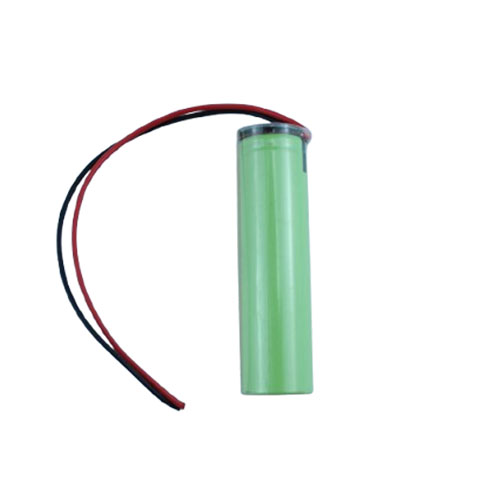-
Battery Model: Panasonic INR18650BD, 1S1P
-
Nominal Voltage: 3.6V
-
Typical Capacity: 3.2Ah
3.6v Lithium Battery Pack
Looking for reliable 3.6V lithium battery packs for your products?
We manufacture and supply custom rechargeable 3.6V battery packs built for stable performance and long life.
Our batteries come in different capacities—2Ah, 8Ah, 20Ah, 50Ah, 100Ah—with PVC, metal, or plastic casings to match your project needs.
Each pack is tested and certified under UN38.3, IEC, and MSDS standards for safety and export compliance.
We also support OEM & ODM services—you can customize the label, connector, size, and packaging to fit your brand.
Our 3.6V lithium battery packs are ideal for solar lighting, RV power, security systems, and portable devices.
If you’re sourcing from China, we’re here to help you get quality batteries at factory prices.
Contact us today for your best 3.6V lithium battery solution.
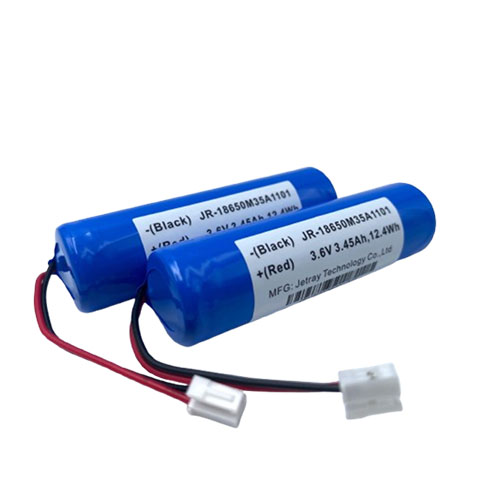
3.6V 3.5Ah 12.6Wh 1S1P Lithium ion Battery Pack 18650
-
Battery Model: Molicel INR18650M35A, 1S1P
-
Nominal Voltage: 3.6V
-
Typical Capacity: 3.5Ah
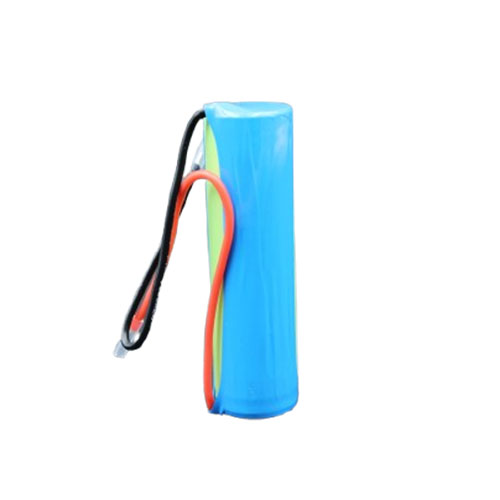
3.6V 3.4Ah 12.24Wh 1S1P Lithium ion Battery Pack 18650
-
Battery Model: Panasonic NCR18650GA, 1S1P
-
Nominal Voltage: 3.6V
-
Typical Capacity: 3.45Ah
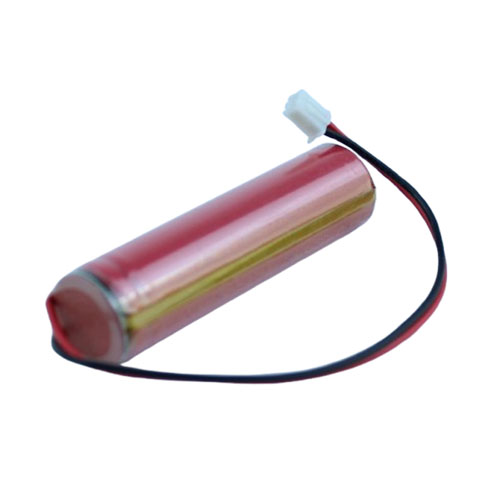
3.6V 2.6Ah 9.36Wh 1S1P Lithium ion Battery Pack 18650
-
Battery Model: Panasonic UR18650ZM2, 1S1P
-
Nominal Voltage: 3.6V
-
Typical Capacity: 2.6Ah
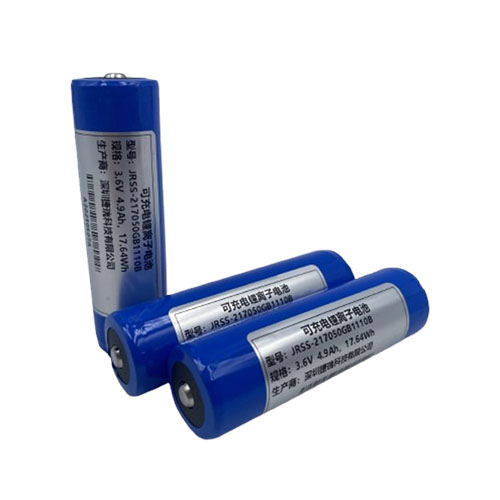
3.6V 5.0Ah 18.0Wh 1S1P Lithium ion Battery Pack 1700B
- Battery Model: Samsung INR21700GB, 1S1P
- Nominal Voltage: 3.6V
- Typical Capacity: 5.0Ah
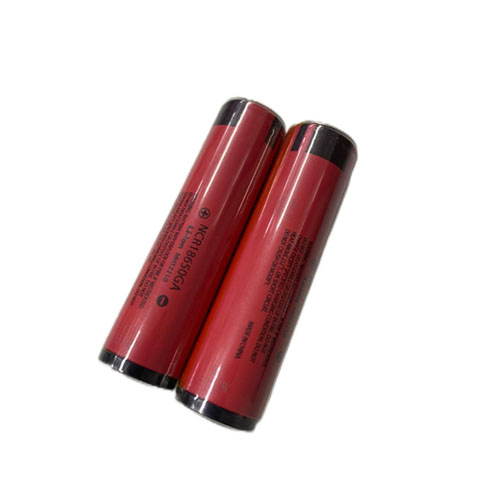
3.6V 4Ah 12.24Wh 1S1P Lithium ion Battery Pack 18650b
-
Battery Model: Panasonic NCR18650GA, 1S1P
-
Nominal Voltage: 3.6V
-
Typical Capacity: 3.4Ah
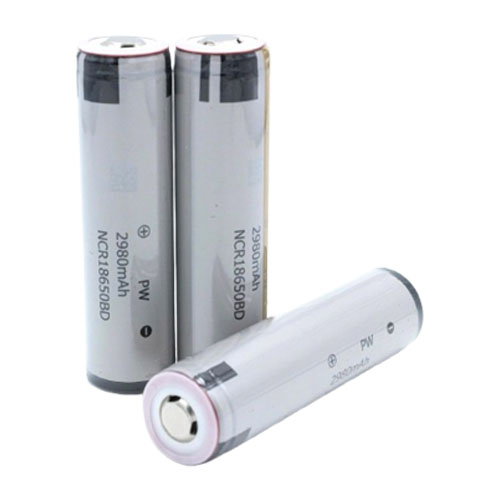
3.6V 3.2Ah 11.52Wh 1S1P Lithium ion Battery Pack 18650B
-
Nominal Voltage: 3.6V, standard 1S1P configuration (Panasonic NCR18650BD cell)
-
Capacity: 3.2Ah typical, 3.1Ah minimum
-
Protection: Built-in short-circuit protection, internal impedance ≤60 mΩ
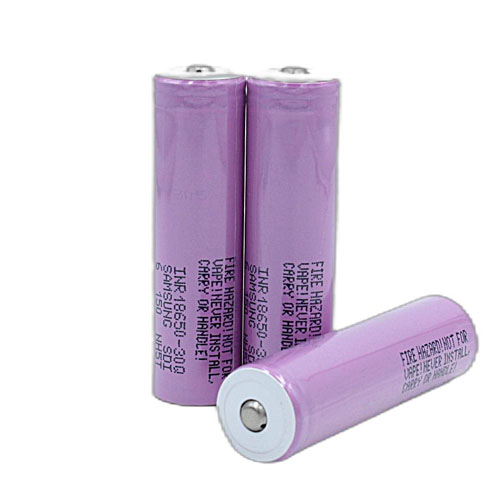
3.6V 3.0Ah 10.8Wh 1S1P Lithium ion Battery Pack 18650B
-
Battery Model: Samsung INR18650-30Q, 1S1P
-
Nominal Voltage: 3.6V
-
Typical Capacity: 3.0Ah
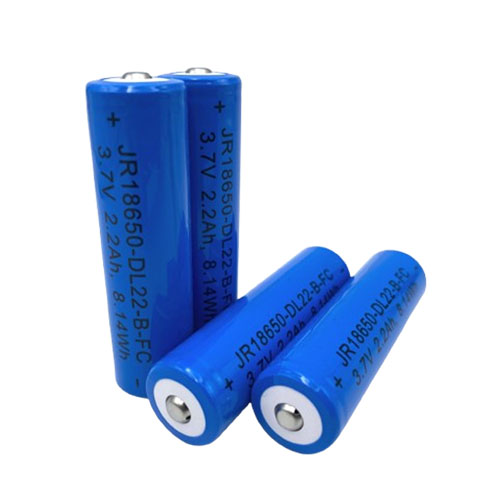
3.6V 2.0Ah 1S1P Lithium ion Battery Pack 18650B
-
Battery Model: 3.6V 2.0Ah
-
Nominal Voltage: 3.6V
-
Typical Capacity: 13.6Ah
Not Sure Where to Start?
We can help you find the right solution that suits your business needs, whether you are looking for product information, customized content, or service processes, we can provide assistance!
What is 3.6v Lithium Battery Pack
A 3.6V lithium battery is a single cell with a nominal voltage of 3.6 volts. Think of nominal voltage as an average working level.
Sometimes you’ll see 3.7V instead. Are they different? Not really. Both are the same type of lithium-ion battery, just labeled differently by manufacturers. Fully charged, they reach 4.2V; when empty, they drop to about 2.5V. For most devices, 3.6V and 3.7V can be used interchangeably.
How Does It Work?
You don’t need to be a chemist to get this. Lithium batteries work because lithium ions move between the positive and negative sides during charging and discharging.
When charging, the ions move to the negative side and store energy. When discharging, the ions return to the positive side, releasing power.
Think of it like a water tank: filling it up is charging, letting water out is discharging. The special thing about a 3.6V lithium battery is that its voltage stays steady while in use, so your devices don’t suddenly lose power.
Applications of 3.6V Lithium Battery Pack
With its relatively low voltage and stable output, the 3.6V lithium battery pack is suitable for small to medium-power devices that need long-term and reliable energy supply — such as smart sensors, meters, medical instruments, and portable electronics.
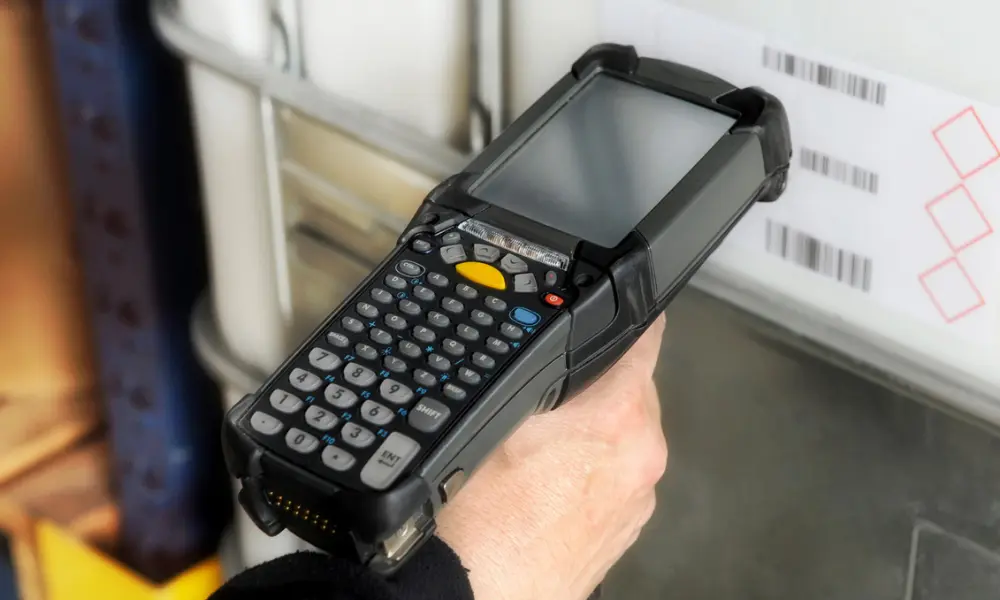
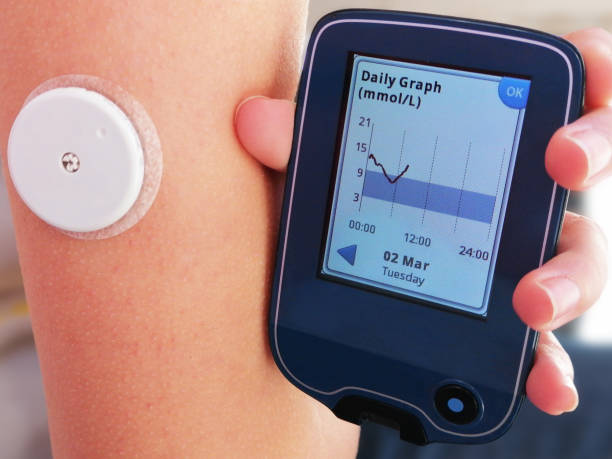
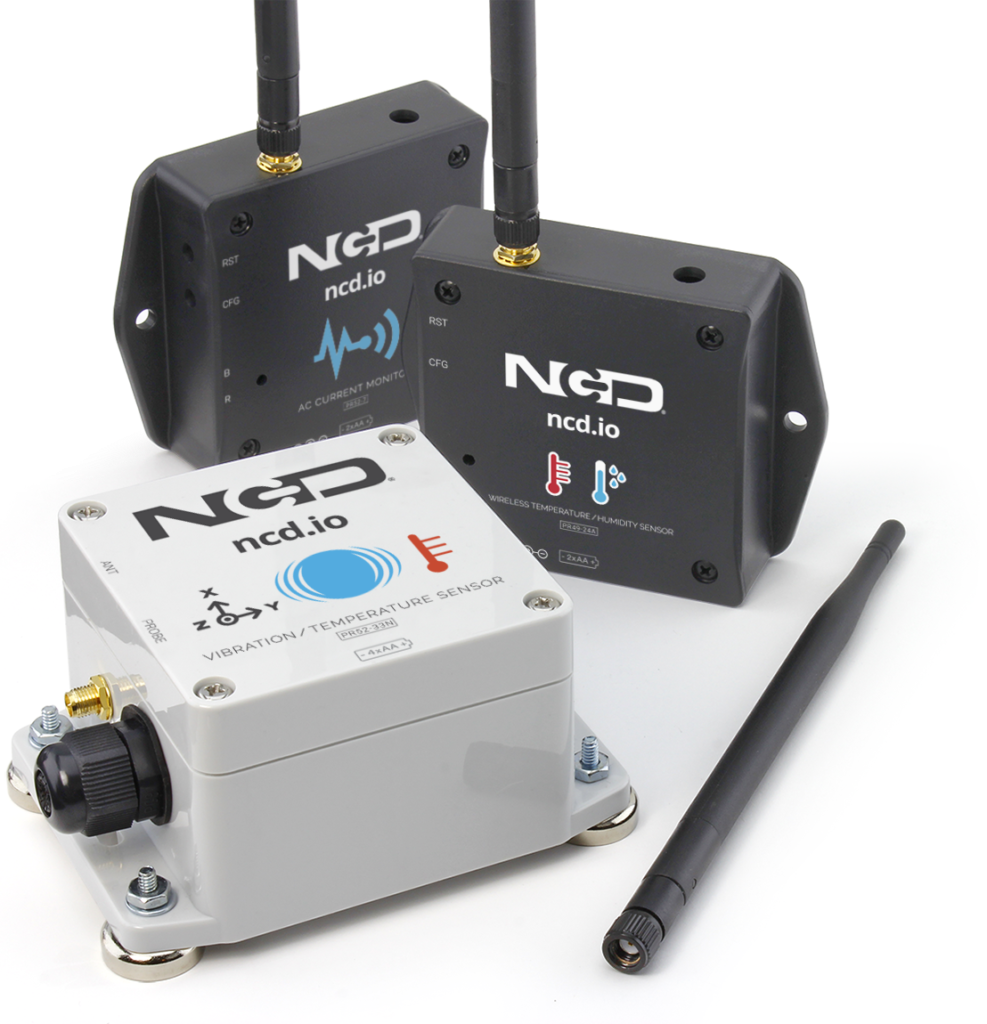
3.6V vs 3.7V: What’s the Difference?
One of the most common questions: is there a real difference?
3.6V cells tend to focus more on stability and lifespan.
3.7V cells are often pushed for slightly higher energy density.
For most electronics, they’re interchangeable. But in critical devices such as medical implants or aerospace instruments, you must follow the manufacturer’s exact specifications.
Common Sizes and Models
| Model | Size | Capacity Range | Typical Applications |
|---|---|---|---|
| 18650 | 18 × 65 mm | 1800–3500 mAh | Laptops, power banks, e-bikes |
| 14500 | 14 × 50 mm | 600–1000 mAh | Flashlights, toys |
| AA lithium primary (Li-SOCl₂) | AA size | 2000–2600 mAh | Industrial sensors, meters |
| Button cells (CR123A, etc.) | Coin-sized | 150–1000 mAh | Cameras, alarms, security devices |
Why 3.6V Lithium Batteries Are So Popular
These batteries are everywhere for good reasons.
High energy density: lots of power in a small package.
Lightweight: easier to carry than older battery types.
Long lifespan: 300 to 1000 charge cycles.
Stable power output: devices run smoothly without sudden drops.
Low self-discharge: holds charge well, even in storage.
Charging Basics
3.6V lithium batteries come in two main types: primary (non-rechargeable) and rechargeable.
For rechargeable batteries, charging correctly is essential.
Use chargers that stop at 4.2V.
Charge slowly—fast charging can stress the cell.
Choose smart chargers with overcharge and heat protection.
Tip: a high-quality charger is just as important as the battery itself.
Lifespan and Durability
How long do they last? It depends on usage.
Temperature: heat accelerates aging, cold reduces temporary performance.
Usage habits: full-to-empty cycles shorten lifespan.
High loads: strong current drains wear out cells faster.
Best practice: avoid extremes. Don’t leave them at 100% all the time, and don’t drain them to 0%. For storage, keep them at around 40–60% charge.
Safety and Risks
Lithium batteries are powerful but need to be handled responsibly. Risks include swelling, leaking, or in rare cases, fire. Common causes include overcharging, short circuits, physical damage, and exposure to high heat.
To stay safe, buy from trusted brands, use batteries with built-in protection circuits (BMS), and check for certifications like UL, CE, and UN38.3.
Market and Future Outlook
Demand for 3.6V lithium batteries keeps rising as we add more electronics to daily life.
IoT sensors such as remote monitors and smart meters.
Wearables including watches, earbuds, and trackers.
Energy storage systems where single 3.6V cells are combined into larger packs.
Future technology with solid-state designs and fast-charging innovations.
3.6V lithium batteries are set to remain central in many industries for years ahead.
Contact Info
- Email:sale1@jetray.cn
- Mobile:+86 13924645656
- WhatsApp:+86 13924645656
- Address:Songgang Town, Bao'an District, Shenzhen City
Email us


